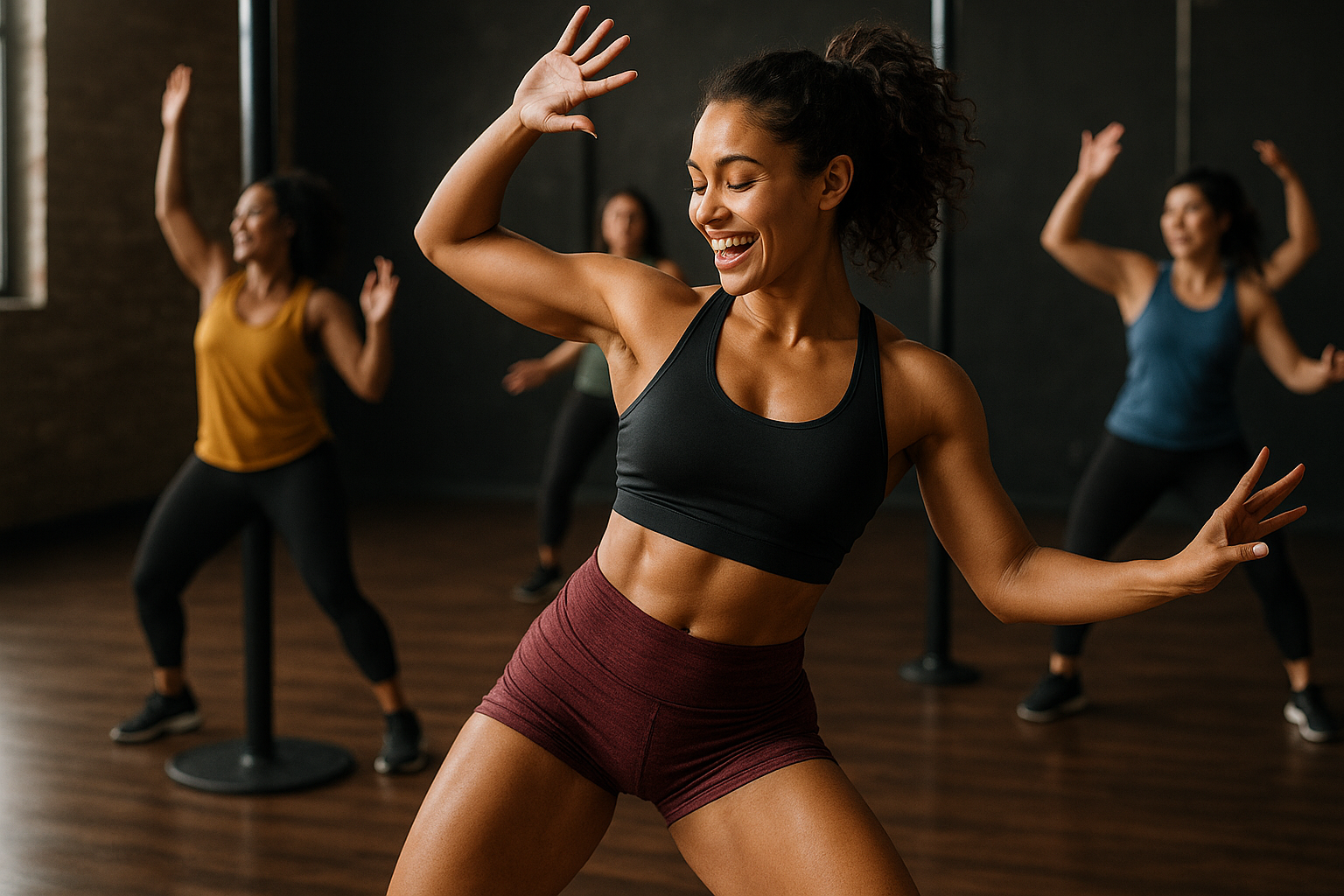Reclaiming Rhythm: The Beat of Dance Fitness
In recent years, the intersection of dance and fitness has taken a dynamic turn with the emergence of dance fitness as a popular and effective form of workout. Beyond the traditional realms of ballet or contemporary dance, this new trend explores a variety of styles, from hip hop and salsa to Zumba and pole dancing.

The Historical Dance of Fitness
The blend of dance and fitness is not a new concept. In the 1980s, Jazzercise, an exercise routine combining jazz dance with strength and resistance training, was a popular trend. Richard Simmons, a fitness instructor and television personality, also popularized dance-based workouts during this era. However, the evolution of dance fitness has taken an exciting turn in recent years, with an emphasis on fun, community, and diverse dance styles.
Current Trends: Moving to the Beat
The current dance fitness landscape is vibrant and varied. Zumba, a Latin-inspired dance workout, has taken the world by storm, with classes offered in over 180 countries. Pole fitness, which combines strength, flexibility, and aerobic exercise, is shedding its taboo reputation and becoming recognized as a legitimate and challenging form of workout.
A key trend in the industry is the use of technology to bring dance fitness to wider audiences. Online platforms and apps provide a range of dance workouts that can be done at home, making this form of exercise accessible to those who may be intimidated by gym environments or live in areas with limited class offerings.
The Benefits of Dance Fitness: Body and Mind
Dance fitness offers a host of benefits. On a physical level, it improves cardiovascular health, strength, flexibility, and coordination. As a high-energy workout, it also aids in weight management and muscle toning.
However, the benefits extend beyond the physical. Dance fitness also contributes to mental and emotional wellbeing. It can boost mood, reduce stress, and improve self-esteem. The communal aspect of dance fitness classes can foster a sense of belonging and community, combatting feelings of isolation.
The Market Relevance and Industry Impact
Dance fitness has made a significant impact on the fitness industry. The global dance fitness market is expected to grow by 5% annually between 2020 and 2024, according to market research firm Technavio. This growth is driven by the popularity of dance fitness among diverse age groups, the rise of connected fitness, and the emphasis on fun, enjoyable workouts.
The trend also influences the broader fitness and wellness industry. It presents opportunities for fitness clubs and gyms, dance studios, fitness apparel and equipment companies, and digital fitness platforms.
The Science of Dance Fitness
Several studies back the health benefits of dance fitness. Research published in the Journal of Physical Activity & Health found that a 12-week dance fitness program significantly improved aerobic capacity, muscular endurance, and body composition. Another study in the journal PLOS ONE found that dancing can improve cognitive performance and increase hippocampus volume, a brain region associated with memory and learning.
In Conclusion
Dance fitness is more than a fleeting trend. It represents a shift in the way we approach exercise, emphasizing enjoyment, community, and holistic wellbeing. By blending the expressive power of dance with the physical demands of exercise, it offers a unique and effective way to stay fit, both physically and mentally. As dance fitness continues to evolve, it will continue to inspire and energize the world of fitness.




